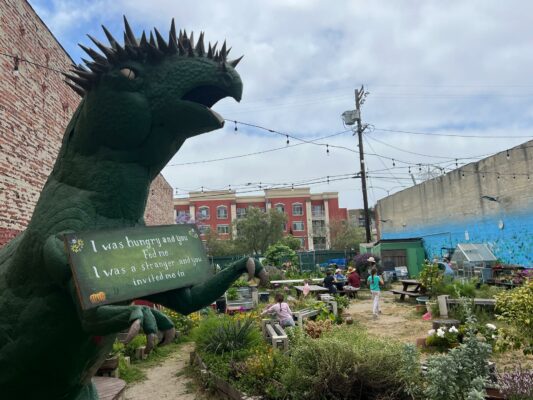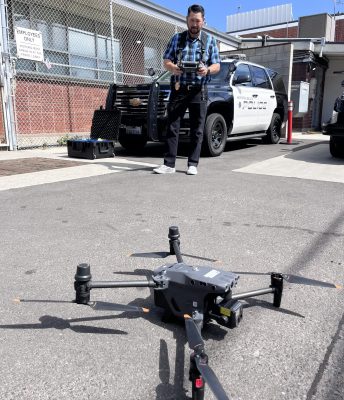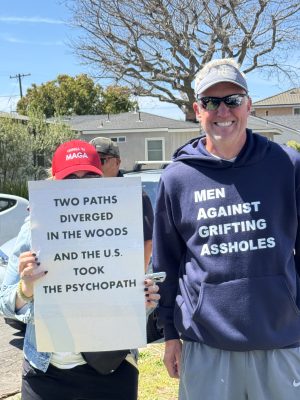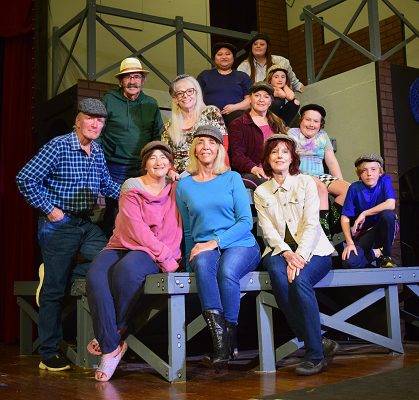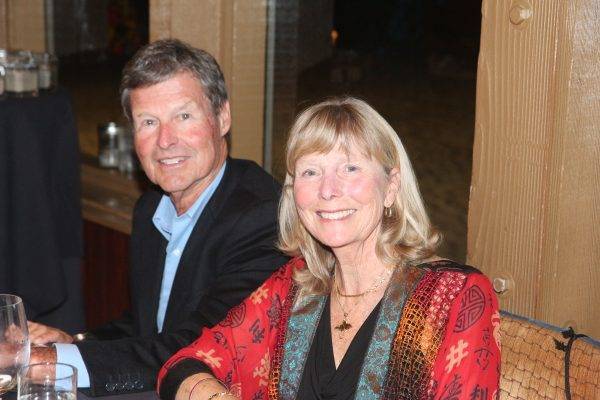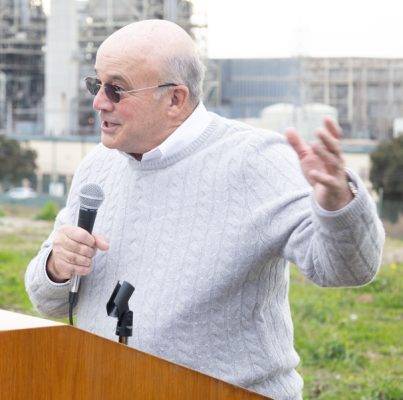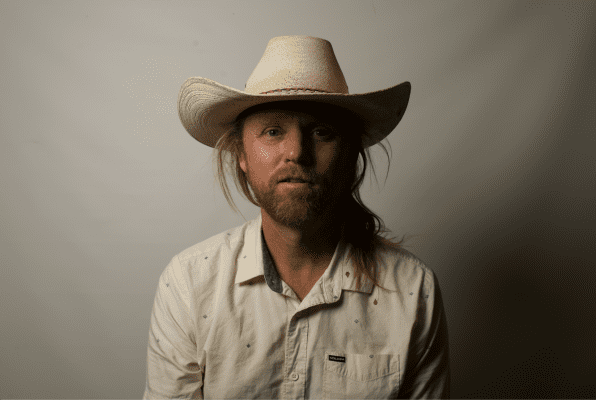
The story of how Trace Bundy built his very own music industry is somewhat analogous to the way the song “Missile Bell” came to him a few years ago while traveling in Central America.
Bundy was a recently liberated young engineering professor. He’d been playing guitar more or less as a hobby since he was 12-years-old and possessed a genuine gift for it. But musically Bundy felt like he had an inescapable limitation: he could not sing. So he did the practical thing, took an engineering scholarship to go to college, and eventually became Professor Bundy.
But a funny thing happened one day when he combined his engineering skills with his guitar playing. In his basement shop, he made his own set of capos – the clamps built for the neck of a guitar that allow players to globally change keys – and he began playing with as many as three of his handmade devices at once. It had implications, among which was that he realized he could play entire songs with a left-handed “tapping” technique, thus freeing up his right hand to do extremely unusual things.
Trace Bundy began doing something that is very rarely done. He made an entirely new kind of music. He may not have reinvented the guitar, exactly, but he definitely reengineered what the instrument could do. He began recording himself, both at a home studio and on videos that he’d upload onto YouTube. Hundreds of thousands of people tuned in to the YouTubes, and soon he had requests to come play all over the country, and later, all over the world.
The fact that his legend spread this way made a certain sense: you have to see Bundy to actually believe what he is doing with a guitar. A writer in Colorado aptly described Bundy as the Acoustic Ninja.
He quit his academic job and became a musician. In this capacity – touring on behalf of a humanitarian group called Argos – he travelled to a war-ravaged part of Guatemala. He played at a little village that had been destroyed during the civil war; the villagers had actually been forced to flee their homes, and had returned 10 years later to find almost nothing intact.
This was how the song came to him. One of the first things the villagers had done was rebuild their beloved church. But they had no bell, so they used what was available. They found an old missile shell left over from the war – one of the very bombs that had destroyed their village — hoisted it up and made it their church bell. Bundy was so moved by the story he wrote not only the song “Missile Bell” but two entire albums, Missile Bell Vol. 1 and Missile Bell Vol. 2.
The albums were in keeping with his very first work, titled Adapt: Bundy could not sing, so he used what was available to him to make his guitar sing in a uniquely beautiful way. But unusually for a virtuoso – even more so for an engineer – his playing transcends the cold mathematics that frequently enamors such gifted players. His music is handmade.
“That is always my goal when I write is to keep some cool technique in there but also make it sound appealing to the ear so it’s not just pure technique and pure shredding or muscling through hard fast notes, you know what I mean?” Bundy said in an interview this week. “I am very mathematical in what I studied and everything, but I never know if I’m more right brained or left brained. But having both of those sides, man, it’s been great as a musician, I guess.”
Word has spread. Acoustic Guitar magazine in 2008 named him one of the most promising young guitar players on the planet, and his YouTube following continues to grow – more than 14 million people have viewed his videos. And if you enter his name on YouTube, you will see another phenomenon: hundreds of other young guitar players all over world playing Trace Bundy songs.
And so the tale of the Acoustic Ninja continues. Bundy never signed a record deal, but instead built his decidedly handmade and very personal musical industry. He and his wife Becca and 2-month-old son Sawyer are travelling down the West Coast and will stop again at Live at the Lounge in Hermosa Beach next Thursday.
“It’s pretty amazing,” Bundy said. “I can’t believe how this journey as a musician, starting with a passion for guitar, has just evolved and taken me all these crazy places all over the world, and the new stories that come from that. It’s pretty remarkable. I am thankful every day.”
Trace Bundy plays Live at the Lounge Feb. 17. For more information, see www.tracebundy.com or for tickets see www.liveatthelounge.com. For a longer profile from the Easy Reader archives, click here. ER

